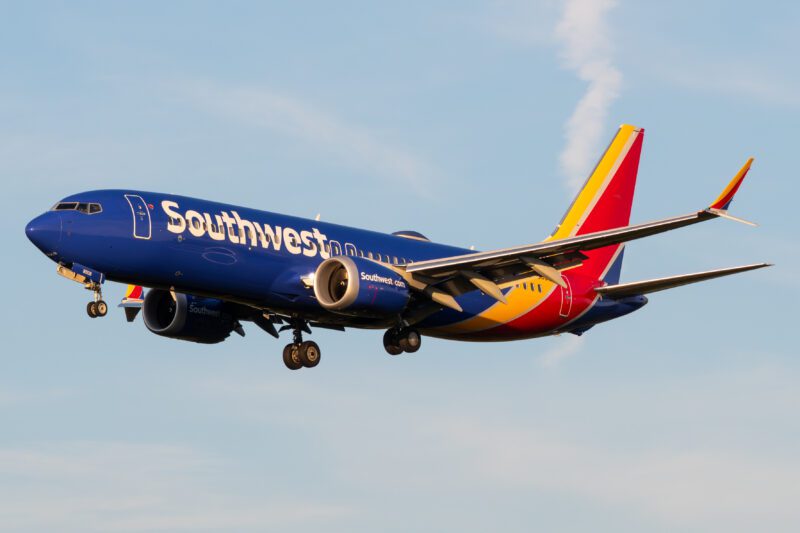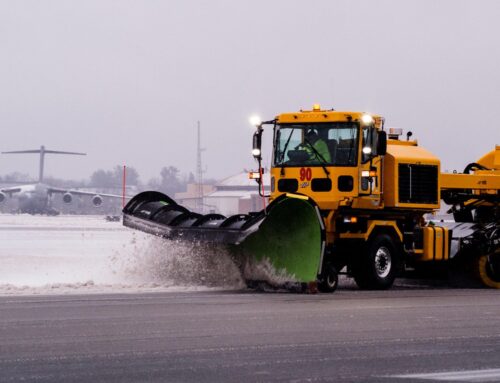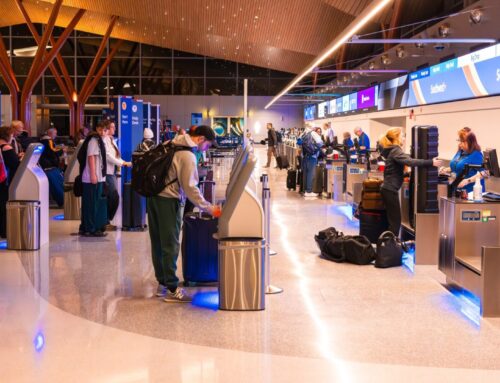Southwest Resuming Nonstops to Popular Florida Destination
Carriers report lower revenues for discounted domestic fares; surging international, premium travel demand
By Evan Dougherty
Published August 5, 2024
Read Time: 4 mins

Southwest Airlines is bringing back nonstop flights to one of Florida’s largest cities for Pittsburghers to visit this winter.
In its latest schedule extension issued last week, Southwest announced it will resume nonstop service between Pittsburgh International Airport and Miami International Airport (MIA) beginning Jan. 12. Southwest will operate the PIT-MIA route seasonally on select peak travel days with 175-seat Boeing 737 aircraft; flights are now for sale through the end of Southwest’s booking window until March 3.
This winter will be the first time in two years since Southwest last served the Pittsburgh-Miami market nonstop. The carrier last operated the route from November 2021 to January 2022 and March 2022 to April 2022.
Southwest joins American Airlines’ twice daily service on the Pittsburgh-Miami route. It is also Southwest’s second nonstop flight between Pittsburgh and South Florida; it operates daily service to Fort Lauderdale alongside Spirit Airlines.
The Pittsburgh-Miami addition is among a select group of routes added by Southwest for travelers seeking sunnier locales during the winter. Other routes added by the airline in its schedule extension include Columbus to Miami, Chicago Midway to Palm Springs and Providence to West Palm Beach.

A Southwest 737 MAX 8 comes in to land at PIT on July 19, 2024. Southwest will utilize 175-seat 737s on the Pittsburgh-Miami route beginning in January. (Photo by Evan Dougherty)
Airfares on the decline
In its second quarter earnings call, Southwest officials reported an oversupply of capacity, forcing fare discounts that reduced revenues during one of the busiest travel periods of the year.
“There’s simply more capacity on the domestic side than demand right now,” Southwest CEO Bob Jordan said during the carrier’s earnings call on July 25.
Other U.S. carriers also fell short of estimates in the second quarter. Airlines discounted fares as a result of adding seats too quickly in anticipation of record travel this summer.
RELATED: Red Hot Summer: PIT Reports Busiest Month in 19 Years
“That excess capacity led to a higher level of discounting activity in the quarter than we had anticipated,” American Airlines CEO Robert Isom said during the airline’s quarterly earnings call.
Data from the Bureau of Labor Statistics show average fares nationwide year-over-year declined 5.7 percent in May and 5.1 percent in June.
Airlines also pointed to other factors pressuring revenues, such as rising labor costs. Most recently, Alaska Airlines and American each reached tentative agreements with their flight attendants over new contracts containing pay raises.
While expectations on domestic air travel for the industry fell short, international travel remains a bright spot. United Airlines reported a 20 percent year-over-year increase in revenue in the second quarter attributed to high international demand. Outside of a revenue impact from reduced travel to Paris during the Olympics, Delta also stated that travel demand to Europe remains strong for the summer.
Domestically, U.S. airlines are expected to recalibrate capacity to better match demand. A recent analysis by Deutsche Bank forecasts airlines to reduce planned capacity by 1 percent in the fourth quarter with additional adjustments expected later, per a CNBC report.
“Domestic industry seat growth accelerated into the summer months beyond normal demand growth,” Delta Air Lines President Glen Hauenstein said during the carrier’s earnings call July 11. “With scheduled seat growth decelerating into the fall, June and July will be the low point with unit revenue trends expected to significantly improve in August and beyond.”
Premium travel tailwind
One segment on the rise for airlines since the end of the COVID-19 pandemic has been strong consumer preferences for premium travel.
In its second quarter earnings, Delta (10 percent) and United (8 percent) each reported growth in premium revenue over 2023 figures. “We expect premium cabin [revenue per average seat mile] in Q3 will once again outperform coach at a level stronger than Q2 as we continue to see growth of road warrior customers in United and the continued popularity of the many elevated products that we offer,” United Chief Commercial Officer Andrew Nocella said.
Alaska Airlines recently announced it will increase its First Class cabin on its Boeing 737-800 aircraft from 12 to 16 seats starting this fall. Alaska will also add more Premium Class seats to its 737-900ER and 737 MAX 9 fleets beginning in early 2025.
American Airlines, meanwhile, announced earlier this year it plans to increase the first-class cabins of its Airbus A319 aircraft from 8 to 12 seats and A320 fleet from 12 to 16 seats. Through its planned refresh of existing aircraft and new deliveries, American expects to grow premium capacity in its fleet more than 20 percent by 2026.
Other carriers are going further with offering new premium travel programs. Southwest announced it will do away with its longstanding open seating policy in favor of assigned seating and add new extra legroom sections to its fleet. JetBlue is also rumored to be adding domestic first-class style seating to its fleet – a potential first for the airline – to supplement its popular Mint business class product currently offered on select aircraft.
RELATED: Southwest Announces Move to Assigned Seating
Ultra-low-cost carriers are making the biggest changes of any carriers with Frontier and Spirit bundling onboard amenities into new fare classes that were previously offered as a-la-carte. Among Spirit’s new bundled options includes its Go Big fare bucket that offers priority boarding, free Wi-Fi and unlimited snacks and alcoholic beverages.
Additionally, Frontier and Spirit each have cited overcapacity in traditional leisure markets, pivoting capacity to underserved routes and increasing operations in cities such as Boston, New York and Philadelphia.






